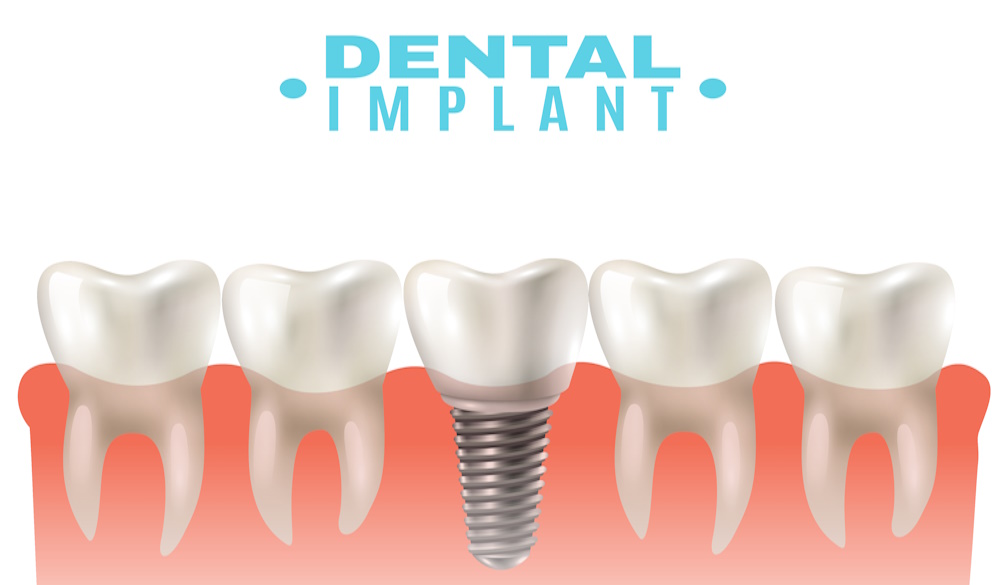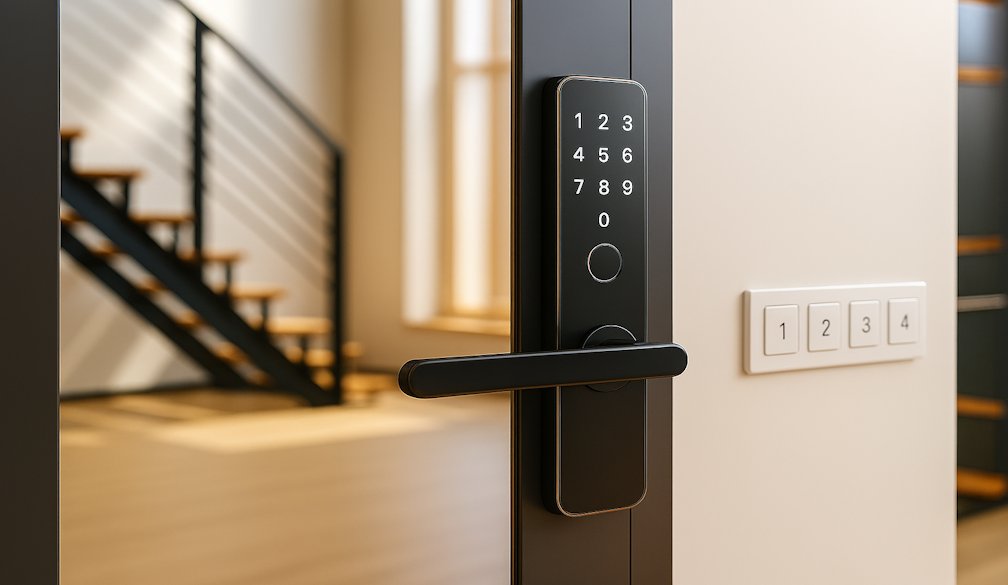Wellness expert: Cutting up your fruit cuts the goodness out of them
- Written by Tess Sanders Lazarus

While purchasing pre-cut and packaged fruits and vegetables can encourage people to consume more of these nourishing foods, these convenience options also are reducing their nutritional value.
Dr Vincent Candrawinata, (affectionately known as Dr Vincent), a highly respected clinical nutritionist, food scientist and the world’s foremost expert on phenolic antioxidants and founder of Renovatio, has revealed that you are most likely to reap the full benefits of nutrient-dense fruits and vegetables by purchasing, storing and eating them in their natural state.
“The easiest and best way to boost your diet – and has always been – is to avoid cutting, slicing, chopping or peeling fruits and vegetables,” Dr Vincent said.
So, what actionable, easy steps does Dr Vincent recommend for ensuring you receive the full nutritional value of your fruits and vegetables?
Store fruits and vegetables correctly
“The nutrients that suffer the heaviest hit in cut fruits and vegetables are vitamin C, vitamin A and vitamin E. These vitamins are antioxidants – they react with oxygen – which means when the internal flesh is exposed to air the vitamins actually decline. The peels and natural coverings of fruits and vegetables offer protection to the antioxidant vitamins inside, unless broken through,” Dr Vincent explained.
“It is also important to note that you could quite literally be pouring vitamins down the drain by rinsing your cut produce. Water-soluble vitamins, like vitamin C, are carried by water and can leak out after cutting or in water.”
According to Dr Vincent, the most effective way to store fruits and vegetables to retain all of their goodness is to leave them unwashed with the skin or rinds intact until the day you will be consuming them. While not pre-cutting you produce is ideal, if you need to, ensure they are stored in an air-tight container in large pieces in the refrigerator.
Get a sharp knife
“While most times we simply associate a dull knife with inconvenience and annoyance, they actually can cause unnecessary and unwanted damage to our fresh produce,” Dr Vincent added.
“With a sharp knife you will decrease the risk of excessive softening, bacterial growth, off-odours and electrolyte leakage – such as calcium and potassium – in your fruits and vegetables. In order to keep various nutrients of your fruits and vegetables intact, keeping a sharp knife in your kitchen is a must.”
Make the most out of your pre-cut produce
“There is no doubt that it can be tedious to have to wash and chop your fresh fruits and vegetables when you’re busy – which is why pre-cut produce is sold in the first place,” Dr Vincent said.
According to Dr Vincent, while it is best to not buy pre-cut produce, there are some simple steps you can take to retain the most nutritional value in your purchases.
- Buy the freshest produce that you can find when looking at the dates on the packaging. Time plays an important role in nutrient loss. Pick packages from the back of shelving with the best due by dates.
- Only buy pre-cut produce that has been refrigerated. Low temperatures slow down nutrient loss.
- Eat any pre-cut vegetables within five to six days, and pre-cut fruit in two to three days. Pre-cut produce can be a convenient solution for an on-the-go snack or meal that day, however they are not the best for long-term storage.
- Look for produce that has been cut into the largest chucks – these pieces will have been effected the least by respiration.
“At the end of the day, the small difference in nutrients is completely lost if you do not eat the fruit and vegetables you purchase because you couldn’t face the work that was needed – no matter how minor. So, if having pre-cut fresh fruits and vegetables is what you need to make healthier choices throughout your week, that is better than a crisper full of aspirational produce that goes to waste,” Dr Vincent said.
Do not finely chop your vegetables
“Cutting your fruits and vegetables is obviously not ideal, however if you need to cut them, cut them in large chunks, in addition to using a sharp knife. This is always the best plan of attack. Cutting raises the respiration rate of your food, which means the natural sugars in the produce are being broken down and release carbon dioxide. Put simply, the less surface area you expose of your fruits and vegetables, the less risk of vegetables spoiling over a shorter periods of time from oxygen exposure,” Dr Vincent emphasised.
“Discolouration, flavour and texture loss and dehydration, on top of nutrient loss, increases as the cut vegetables get progressively smaller. A general rule to follow is the more finely your fresh vegetables are chopped, the more quickly you should eat them.
“Interestingly, to prolong the life of your finely chopped vegetables, and even generate nutritional advantages, you can marinate or ferment your goods. Making marinated salads like coleslaw or fermented dishes like sauerkraut are examples of ways you can eliminate the risk of dehydration and balance acid levels in your finely chopped fresh produce.”
Give yourself a boost
According to Dr Vincent, if you cannot eat enough fresh fruits and vegetables you should give your diet a boost with phenolic antioxidants.
“Activated Phenolics are powerful antioxidants that neutralise a wide range of free radicals to protect our body’s cells from infection and inflammation,” Dr Vincent said.
“It is common for our diet not to deliver our body with all the micronutrients and antioxidants it needs – supplements can be the answer and have beneficial effects on your nutrition and overall health.”
Renovatio Bioscience extracts these phenolics from Australian apples and activates them to produce turbo charged health and wellness products that are available throughout Australia, online and through retailers such as Woolworths, and in many other countries across the globe.



















